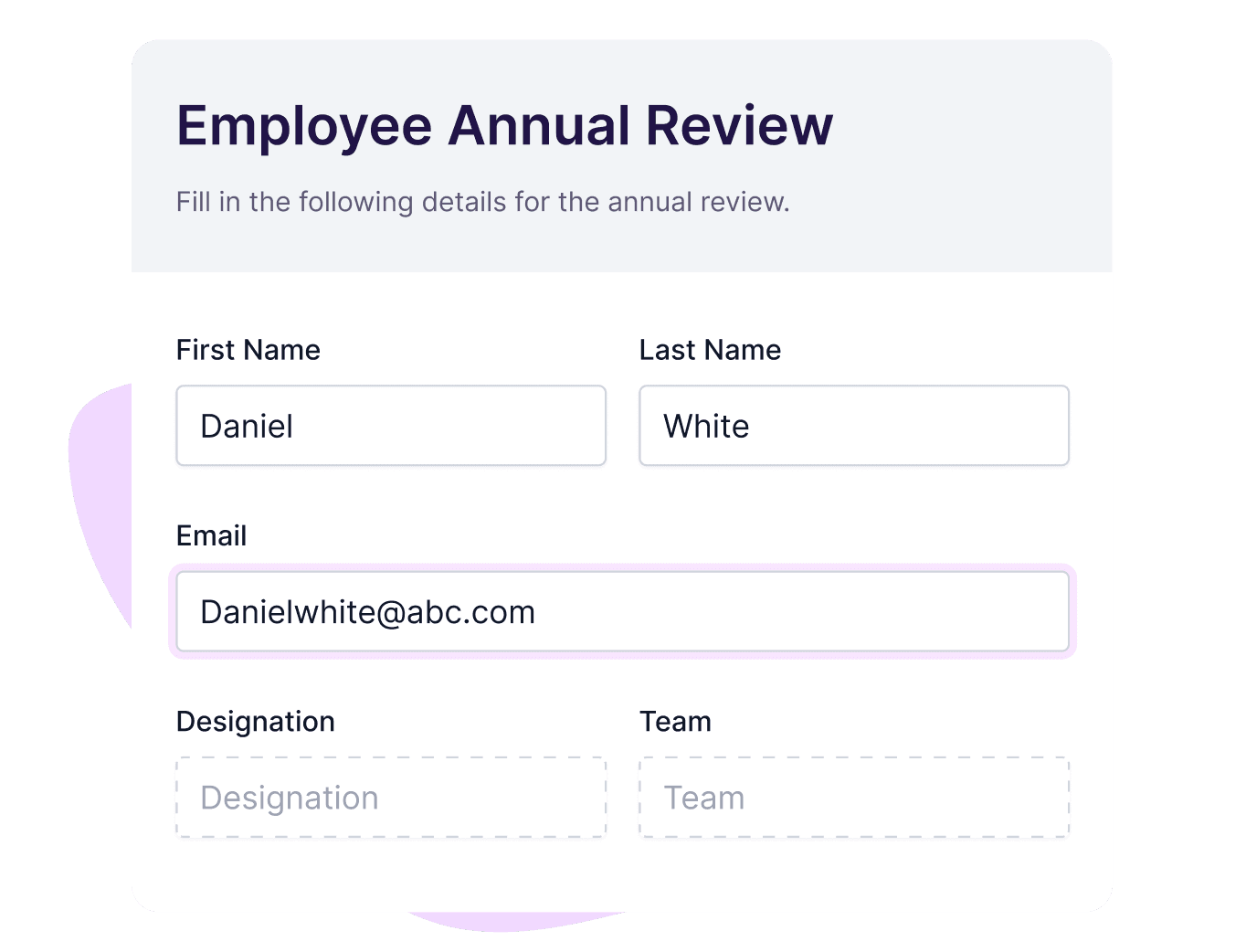Set Up Email Verification
Quickly verify email addresses on your forms and surveys. Send users a OTP code to confirm their emails, stopping fake or unwanted entries.
Get Started!
Trusted by 25,000+ Global Users
Why Use Email Validation?

Avoid Fake Entries
Without checking, people can enter fake emails. This wastes your time and fills your list with useless contacts.

Reduce Spam
Bots and spam accounts often submit fake emails. This clogs your form entries. Validation helps filter them out.

Prevent Communication Issues
Mistyped emails mean people miss out on important updates, reminders, or offers. Validation catches these mistakes right away.

Lower Bounce Rates
Invalid emails bounce back when you try to contact them. This damages your email reputation, making it harder to reach real customers.

Save Time on Data Cleanup
A list with bad emails needs regular cleaning, which takes time. Validation keeps your list cleaner from the start.

Improve Trust and Engagement
When you validate emails, your messages go to the right people. This helps build trust and keeps users engaged.
How to Use the Email Verification Feature?
Add an Email Field
To set up an email address verification you need an email field in the form or survey.

Turn on the Email Confirmation
Click the email field to open its settings. Then go to the “Advanced” tab to turn on the “Email Confirmation” feature.

Test Your Form
Before publishing, test the form to see how validation works, ensuring it meets your requirements.

Launch and Monitor
Once live, keep an eye on form submissions. Validation should now ensure that users submit only real, formatted emails.

Use Cases for Email Address Validation
Newsletter Signups
Ensure genuine email addresses for your mailing list to avoid inflated or spammy signups and improve engagement.

Event Registrations
In Event registration forms, you can gather accurate contact information for event updates, reminders, and follow-ups. This helps ensure attendees receive all important messages.

Online Orders
For e-commerce, email validation helps avoid order updates or receipts going to incorrect addresses.

Surveys & Feedback
Validate emails in surveys to get real responses and allow follow-ups on customer feedback.

Testimonials

FAQs
If the email is invalid, the form asks them to check the email format before submitting. This helps them easily fix any typos.
It significantly reduces spam but can’t stop every instance. Pair it with other tools like CAPTCHA for even better security.
Not much! Most users expect email validation and see it as a quality measure, making them more likely to trust your form.
Validation checks that an email has the correct format and may be real. Verification goes a step further, confirming the email actually exists and is in use.
Ready to build your perfect form?
Get access to advanced AI, unlimited forms & more. See pricing for more details.